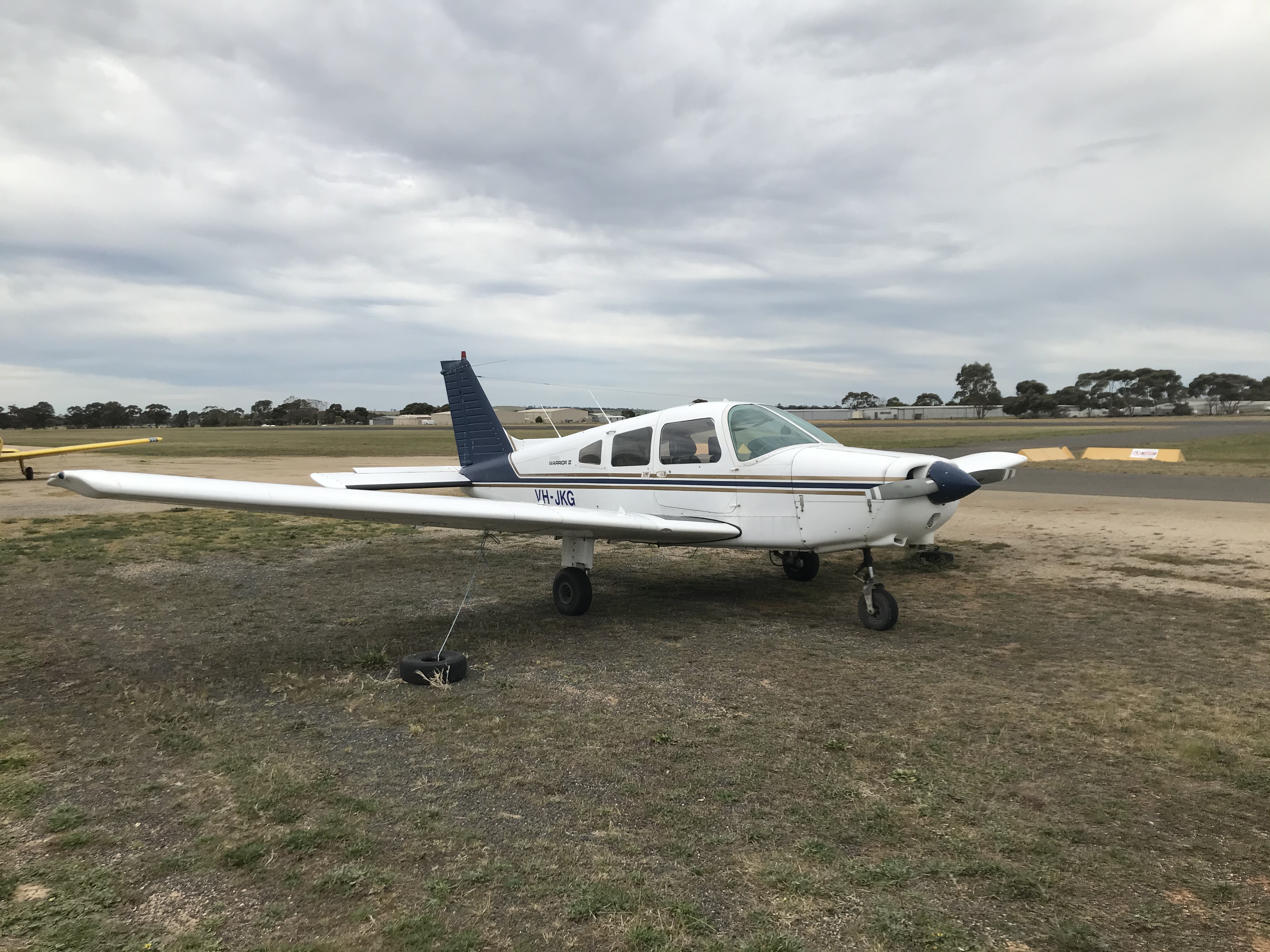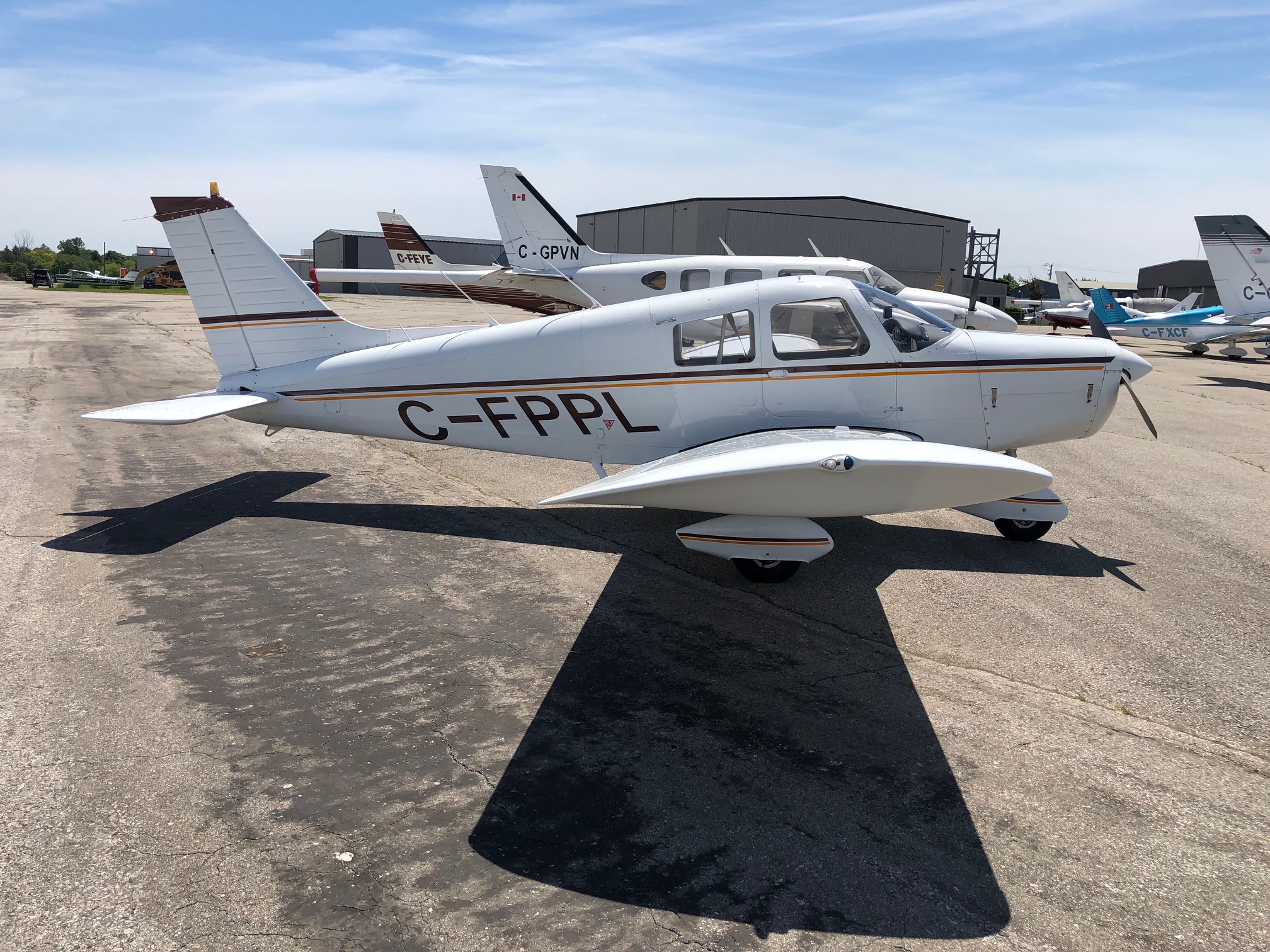Pa 28 Aircraft - In 1964, the Pa-28-140 Cherokee was introduced. It was powered by a Lycoming O-320-E2A four-cylinder, air-cooled, horizontally-opposed piston engine rated at 150 horsepower and driven by Sensenich M74DM propellers. The aircraft has a maximum speed of 123 knots, a cruise speed of 108 knots, and a stall speed of 47 knots.
seems there has one ever been one other wing separation, on an Archer used extensively for pipeline patrol..(constant turbulence), and no reported separation of a “Hershey bar” winged version…the design of the spar web in attach point area raises
Pa 28 Aircraft
questions in my mind though, there are high loads on the lower external bolt connections Unfortunately this seems to be just the result of aging airplanes. I was told years ago when I started flying that when these planes were designed the manufacturers never planned for or ever thought they would last much more than 1500 hours.
Of course the severe use or abuse from training flights doesn't help. Even the strut braced Cessnas have been issued structural AD's, along with some Beechcraft models. Correct me if I am wrong but I believe the Piper Tomahawk has a 10,000 hour airframe life limit, a plane designed in the late 70's.
Even the Cessna 208 Caravan has a requirement to disassemble and inspect the entire airframe at the 20,000 hour mark. In 1967, the PA-28R-180 Cherokee Arrow was built. It was equipped with a constant-speed propeller and retractable undercarriage.

The version was fitted with a Lycoming IO-360-B1E engine rated at 180 horsepower. Several other versions were produced later. Plane and Pilot builds on more than 50 years of serving pilots and owners of aircraft with the goal of empowering our readers to improve their knowledge and enthusiasm for aviation.
Plane and Pilot expands upon the vast base of knowledge and experience from aviation's most reputable influencers to inspire, educate, entertain and inform. What's more, they've also ignored that fact that the eddy current inspection requires removal of the wing spar bolts.
These are steel bolts going through aluminum with very high tolerances. Do you want to be the first guy for whom the FAA says, “Oops,” when your plane falls out of the sky because they “guessed wrong” or ignored the advice of the manufacturer, engineers and countless A&Ps?
Light aircraft. In service since 1976. Retractable gear development of PA-28-180 Cherokee. Replaced by the stretched more powerful PA-28R-200 Arrow 2 and in 1975 by PA-28R-201 Arrow 3. Production ceased in 1982 and restarted in 1990 with Arrow 3. License production by AICSA, Columbia, and CHINCUL, Argentina, also

by EMBRAER and NAIWA, Brazil, as EMB-711B/C Carisco. PA-28R-200: Length 8.3 m. The most recent AD calls for inspections of the lower spar caps at the bolted joint to the carry-through structure inside the cabin for aircraft with more than 5,000 hours time in service and applies to more than 5,400 aircraft.
The accident Arrow's wing failed due to a fatigue fracture at the "bolted joint" along the lower spar cap, according to investigators. The AD is effective on Feb. 16, 2021, and affects PA-28 and PA-32 aircraft from the PA-28-151 Warrior up to the PA-32RT Saratoga.
It also includes all Arrow models, but not the PA-28-236 Dakota or the lighter non-taper-wing PA-28 series. As a long time owner of a PA-28 I find this AD to be more about liability. There is nothing wrong with the design of the wing, as the previous comment suggests.
There are a few of the 'Hershey' bar 140's/160/180 Cherokees in my neighborhood that have in excess of 20,000 hours on the air frame. There is a whole lot more to the story that being said here.
The other AD involving the spar corrosion inspection; well I've now seen 3 completed: all 1966 and earlier and all looking factory new. The Pipers are a reliable and proven design, so what could be better??
The travel range is 465 nautical miles. It can fly up to 14,300 feet and can climb at a rate of 660 feet per minute. It has a takeoff distance of 502 meters and a landing distance of 564 meters.
The maximum takeoff and landing weight are both 975 kg. It has a maximum payload of 421 kg and a fuel capacity of 50 gallons. Aircraft with more than 5,000 factored service hours must have the eddy-current inspection performed within the next 100 hours.
The test is said to cost just more than $1,000 per aircraft, though a wing-spar replacement is estimated at more than $12,000 each wing. What's more, the FAA says it will not issue ferry permits to those aircraft found to have cracks;
they will have to be repaired locally or disassembled and taken to an appropriate service facility. Finally, the FAA is calling this AD an "interim" measure, suggesting that data from the field could change the minimum number of service hours.
Owners of Piper PA-28 and PA-32 models have been hit with a series of airworthiness directives over the last year, including one related to main-spar corrosion, but the latest AD stems from a fatal accident in 2018 when a Piper Arrow conducting
flight training lost a wing and killed the FAA examiner and student. The Arrow was 11 years old but had accumulated more than 7,600 hours, exclusively in the training environment. The Cherokee 140 has an external length of 7.1 meters, an external height of 1.5 meters, a tail height of 2.22 meters, and a fuselage diameter of 1.15 meters.
It has a wheelbase of 1.9 meters, a wingspan of 9.14 meters, and a wing area of 15 square meters. The Piper PA-28 Cherokee is designed and produced by Piper Aircraft as a two to four-seat civil utility aircraft introduced in 1960. It was an unpressurized light aircraft with an all-metal structure, single-piston engine, low wings, and tricycle

undercarriage. Produced from 1961 up to the present, the PA-28 is used as a personal aircraft, as well as for flight training and air taxi. In 1960, the first PA-28 was awarded the Federal Aviation Administration type certification.
Aircraft production started from 1961 up to this day. Designed as a more economical substitute to the PA-24 Comanche, the PA-28 Cherokee has less manufacturing costs and cheaper parts that enable it to contest against the high-wing Cessna 172.
In 1961, the production of the original Cherokees designated as PA-28-150 and PA-28-160 began. In 1962, the manufacturing company built the PA-28-180 fitted with a Lycoming O-360 engine rated at 180 horsepower. The additional power enabled it to fly efficiently with four persons on board.
In 1968, modifications were added such as a third window on each side and the cockpit of the aircraft was improved from push-pull engine throttle controls to quadrant levers.
piper pa 28 for sale, piper pa 28, piper pa 28 aircraft, piper pa 28 cherokee, piper pa 28 140 for sale, piper arrow, piper pa 28 140, piper planes for sale